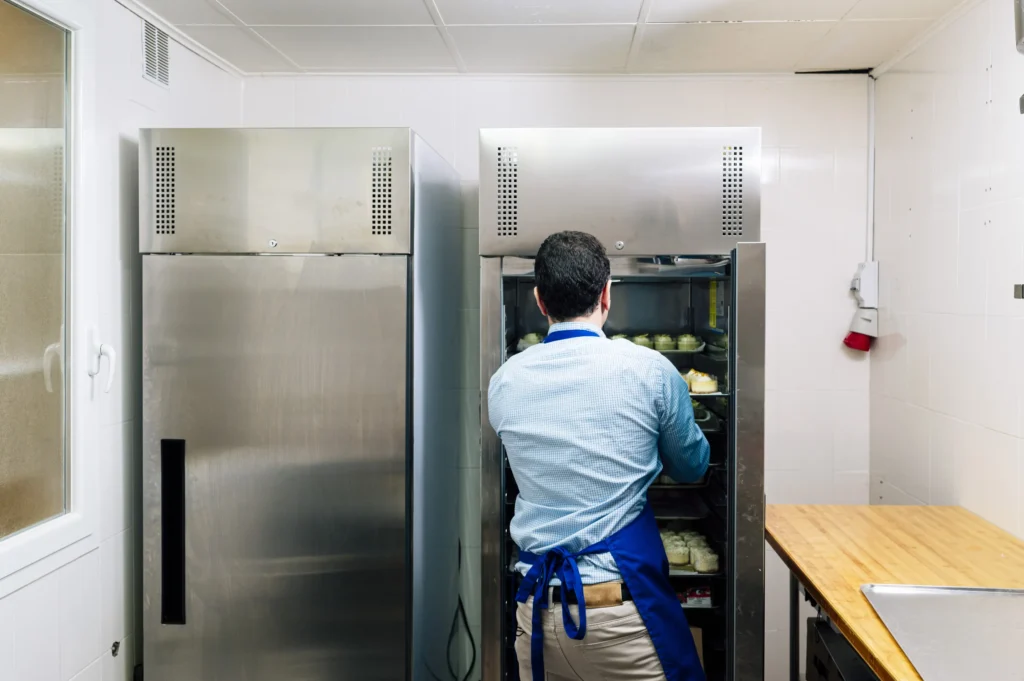What Is A Commercial Refrigerator
Learn about common commercial refrigerator issues, troubleshooting tips, and maintenance practices to ensure optimal performance and longevity.

Starting with the basics, understanding the differences between direct cooling and air cooling is essential when selecting the right commercial refrigeration system.
conclusionBoth technologies use refrigeration principles to preserve food, but their methods and performance vary significantly, impacting their suitability for different storage needs.
Both essentially rely on a compressor-based refrigeration system, which achieves cooling through the evaporation and heat absorption of refrigerants.
They share core components including compressors, condensers, and evaporators, with differences only in the way cold air is distributed. Both serve the food storage needs of commercial scenarios.


| Dimension | Air-Cooled Technology | Direct-Cooled Technology |
| Cooling Efficiency | Fast (forced convection), suitable for bulk cooling | Slow (natural convection), longer cooling cycle |
| Frost Formation | Automatic defrosting, no manual maintenance required | Prone to frost, requiring regular shutdowns for defrosting |
| Temperature Uniformity | ±0.5℃ accuracy, no cold spots | ±2℃ fluctuation, cooler near the evaporator |
| Moisture Retention | Low humidity, prone to food dehydration | High humidity, suitable for fruit and vegetable storage |
| Energy Consumption & Noise | Higher energy consumption (due to fans + defrosting), relatively noticeable noise | Lower energy consumption, quiet operation |
| Cost & Price | Higher manufacturing cost, relatively expensive | Simple structure, cost-effective pricing |
In conclusion, choosing between direct cooling and air cooling depends largely on your specific commercial scenario.
Air cooling excels in environments requiring rapid, uniform cooling and minimal maintenance, while direct cooling is more energy-efficient and better at maintaining moisture for certain products.
Assessing these factors ensures optimal freshness, cost-effectiveness, and operational efficiency.